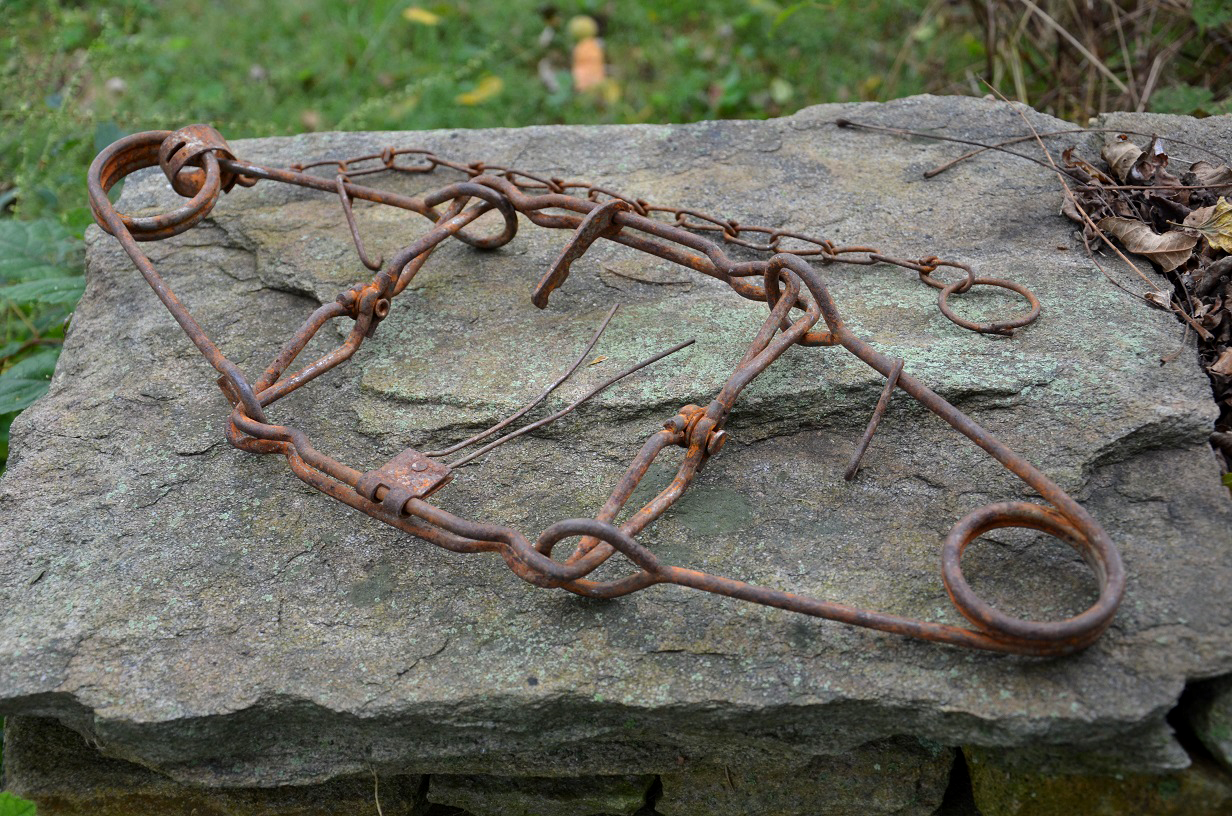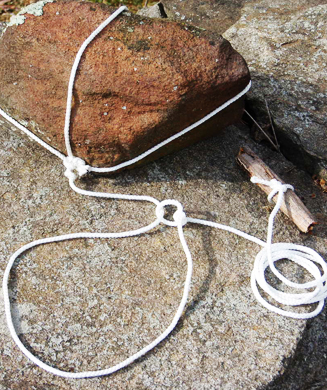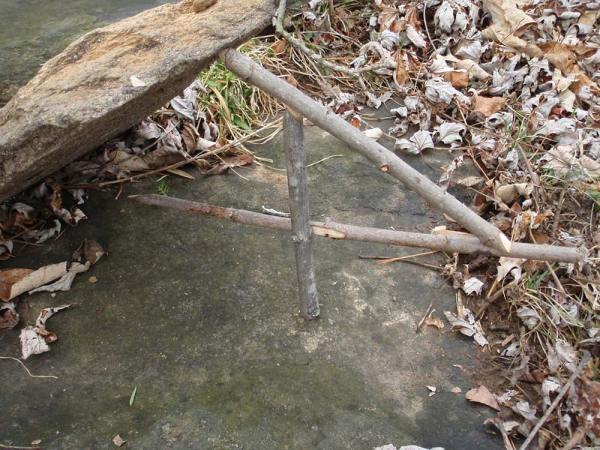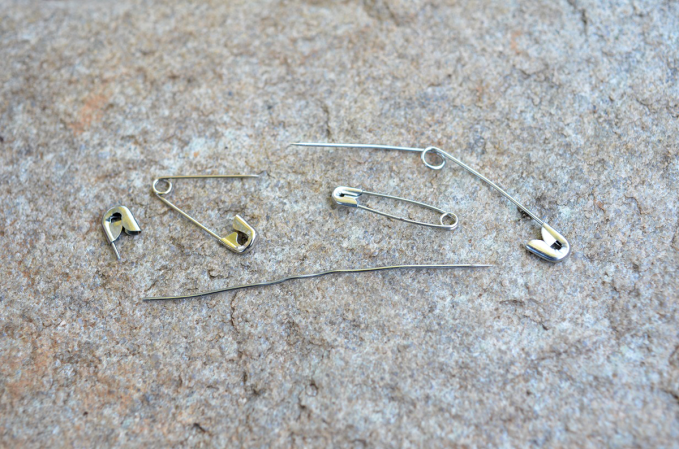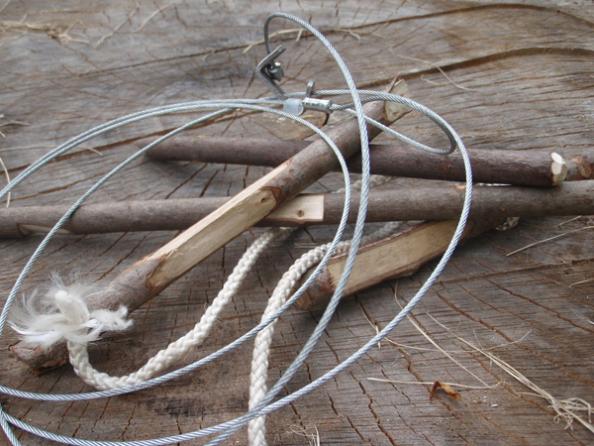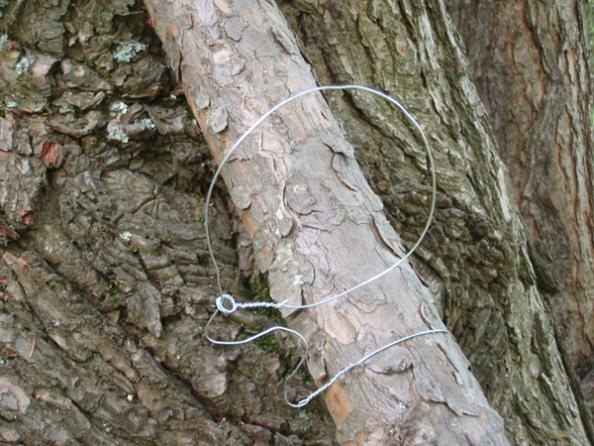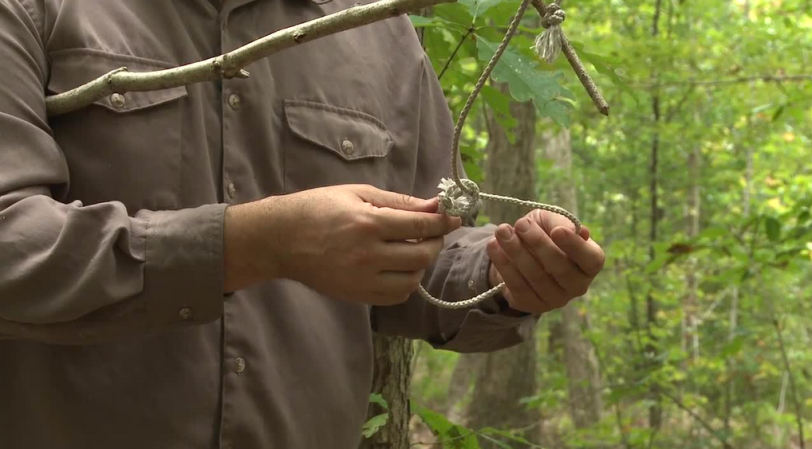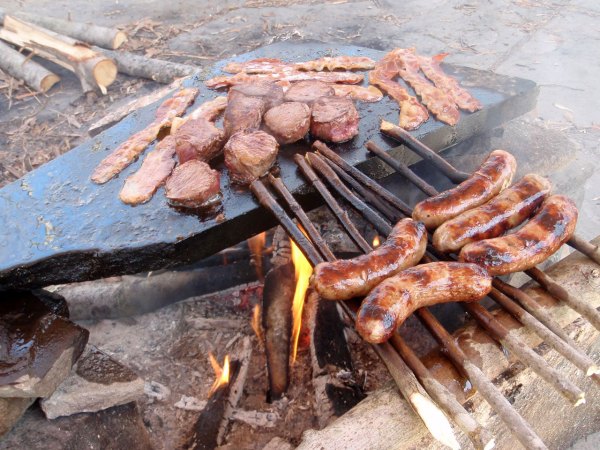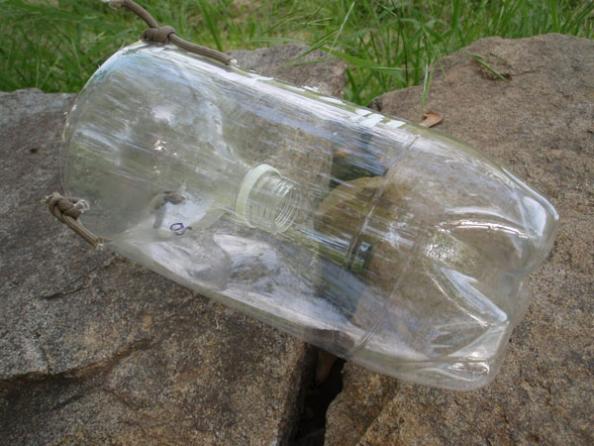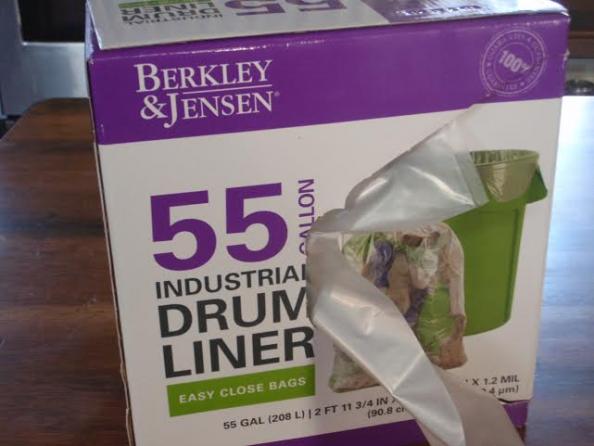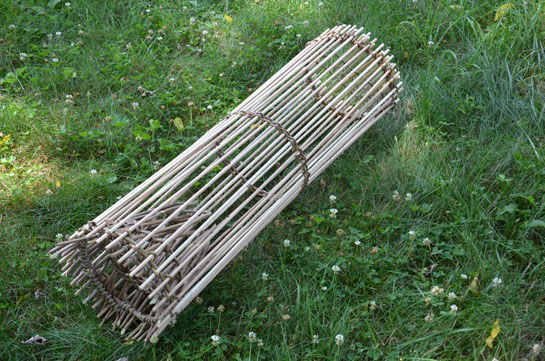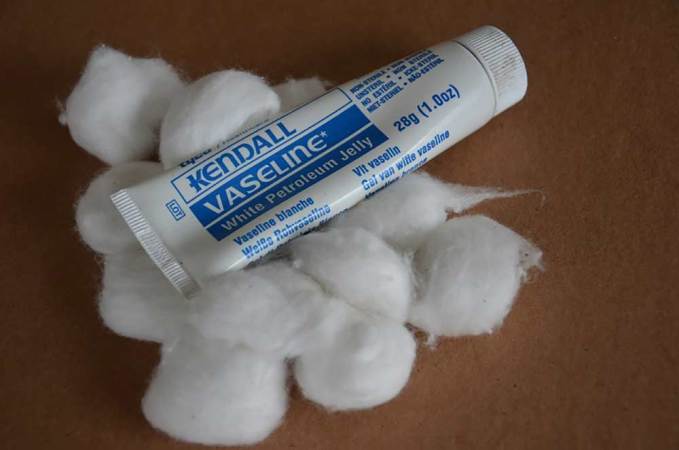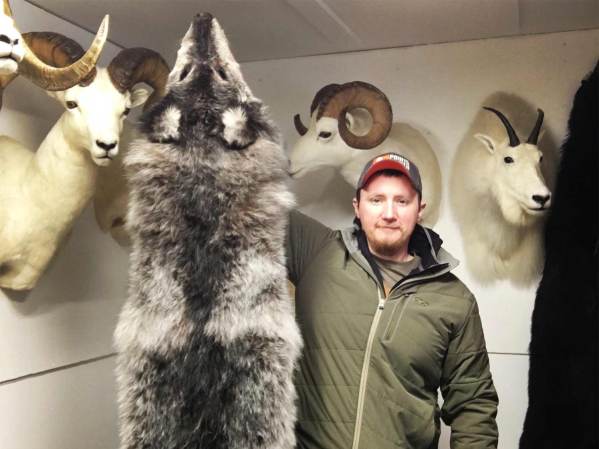Body gripping traps (also known as Conibear traps) are some of the most devastating traps you’ll ever set. Think of these as giant rat traps, without the wooden board attached to them. These can be set in a remarkable variety of ways, including horizontally and vertically or on land and underwater. Many sizes are available, from small single spring traps to huge double spring traps that are downright frightening to set. Use great caution, and you’ll be able to set these traps safely. Use them wisely, and you’ll put your target animal out of commission quickly and effectively. These traps can last for decades and are a great item to stock at remote cabins or bug out sites. Here’s how to set one.
STEP 1
Safety check. The most important part of the trap (for your safety) is the safety clip on each spring. Get to know this strong little hook of metal. It is meant to hold the springs of the trap in a closed position while you set the “dog” (the trigger). While the safety clips are properly engaged, the trap cannot close on your hand or body.
STEP 2
Never walk around with “set” traps. Once you’re at the trapping site, lay your trap out so that the safety clips will be on top of the spring when clipped in place. Use your setting tongs to grab both rings on the trap spring, and squeeze them together.
STEP 3
When the rings are squeezed together, hold the tongs with one hand and clip the safety onto that spring. Repeat on the other side for double spring traps.
STEP 4
Using your hands or your setting tongs, squeeze the trap together even more. This will compress the springs further, and loosen your safety clips. The trap MUST be in position so that the clips stay on top of the springs, as the trap clamping will cause the clips to fall free if you’re setting the trap “upside down”.
STEP 5
Clip the “dog” onto the trap, so that it is in the proper position in the center of the trigger. The dog should release if the trigger is pushed in either direction. With safety clips still in place (but loose), set the trap in your desired spot, and flip open the safety clips. Place the trap over an animal burrow opening, in their trail or another likely path of travel.
IMPORTANT NOTES
If you’re setting this trap in flowing water, make sure the clips are loose on the downstream side of the trap. There have been cases where the flowing water actually pushed the clips in place (locking the trap open) when they were on the “upriver” side.
Invest in a pair of setting tongs. This tool is a real finger and hand saver (just ask any 7 fingered trapper). These are like large pliers, which are able to grip the trap springs and compress them. This allows faster, easier and safer trap setting. I won’t set larger versions of this trap without a pair of these.
Don’t set these traps where companion animals roam. These are the most likely traps to catch companion animals. Cats and dogs have been killed by these traps. I never set these traps where pets or strays may travel, or in areas where hunting dogs are used.
